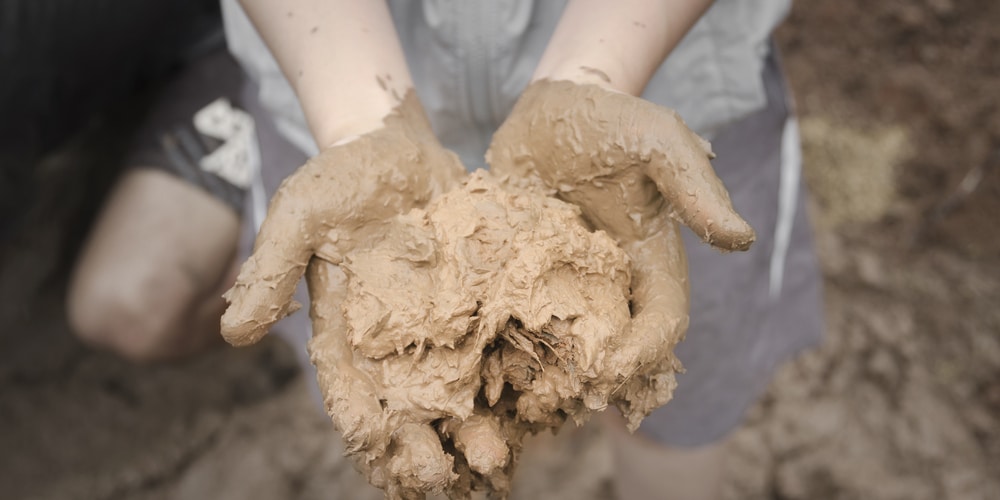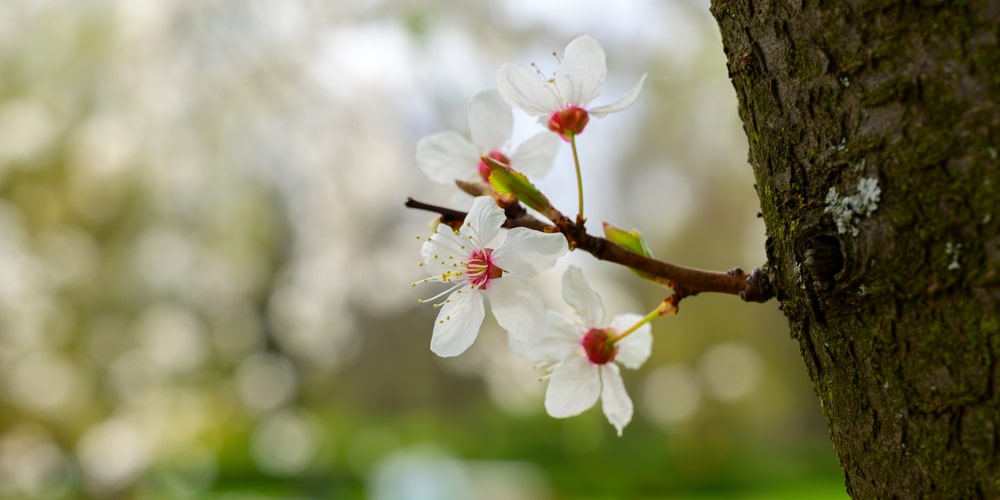Many gardeners wish to have a small orchard in the backyard. Unfortunately, not all of us happen to live in areas with ideal conditions for growing fruit trees.
For gardeners living in areas with clay soils, it might be quite challenging to realize your special fruit tree ownership wishes. This is because most fruit trees do well in rich, well-draining soils with neutral to slightly acidic pH, and clay soil is known for its poor da\rainage and alkalinity.
Surprisingly, there are a few fruit trees that can grow in clay soils, and among them are plum trees. Like many other stone fruit trees, plums tend to have shallow roots, which are ideal for survival in clay soil. However, growing plums in clay soil is not as easy as digging a hole and inserting the plants, then watching them grow. How you plant fruit trees in clay soil can massively impact how the tree will grow.
This post will cover more on planting plum trees in clay soil.
Can you plant plum trees in clay soil? Is it a good idea?

A few fruit trees can grow in clay soil, with stone or pome fruit trees – like pear, plum, peach, and persimmon trees – having the best chances of growing successfully in clay soil. Even so, it is generally best to avoid planting in clay soil because of its poor drainage and alkalinity.
When it comes to growing plums, while you can plant plum trees in clay soil, it is not the best idea. Plum trees usually have dense shallow root systems (not likely to extend more than 4-5 deep) that will appreciate being in well-aerated soils with excellent drainage. They also grow best in soils with a pH that ranges from 5.5 to 6.5. On the other hand, clay soil is, for the most part, alkaline, has poor drainage, and is not well aerated. Precisely, it doesn’t provide ideal conditions for growing plums.
If you wish to grow plums and have clay soil, it is best to amend it with organic materials before planting. Organic material does a great job in improving the texture of clay soil while adding vital nutrients that aid the growth of plum trees and the development of fruits.
How to plant plum trees in clay soil
Having an orchard of plum trees in your backyard can be fulfilling. However, establishing a fruit garden in areas with clay soil is not as simple as digging a hole and planting fruit trees. You need to prepare the planting site to match the growing requirements of the fruit tree you are growing.
Here is one of the best approaches and tips to consider when planting plum trees in a clay area.
1. Prepare the planting site
When it comes to preparing planting sites, gardeners with clay soils have three options.
Amending the soil with organic materials: Amending your garden with clay soil is perhaps the best way to improve the soil’s structure and quality over the long run. Compost – rich, organic matter – is the best material in this case. To make your clay soil hospitable to plums, spread a two-inch layer of mature compost on the clay soil and mix it into the top 8 inches. To make it better suited for plum trees, it is advisable you repeat amending for a few years.
Build hips (mounds): Using rich, well-drained soil, build mounds about 2 feet high and as wide as the canopy of the plum tree you want to plant. About 90% of plum tree roots extend horizontally within the top 2-3 feet, meaning the mounds will accommodate most roots.
Establish a raised bed: If you have clay soil, you can establish a thriving orchard on a raised bed, but it needs to be about 3-foot tall or more. Like mounds, raised best are highly recommended because they give you the benefit of selecting the best soil for your plum trees.
With clay soils, digging into clay soil to plant is strongly discouraged as it creates room for the clay soil to become soggier.
2. Plant your plum trees
After preparing where to plant your plum trees, the next thing is planting. Plum trees need to be planted at least one foot above the clay ground. This gives enough room for most of the tree’s roots to establish themselves in ideal soil.
3. Add mulch and water
Once you have planted your plum trees, add a layer of mulch about 1-foot high and as wide as the canopy or drip line of the tree, but at least three inches from the tree. Water as needed and let your plum grow. Your plum trees should start producing plums after 3 to 6 years.
Planting Plum Trees In Clay Soil: Conclusion
Living in an area with clay soil doesn’t mean you can’t plant plum trees. With the tips in this article, you should be able to grow plums successfully in your clay garden.
Related Article: What Vegetables Grow in Clay Soil?

